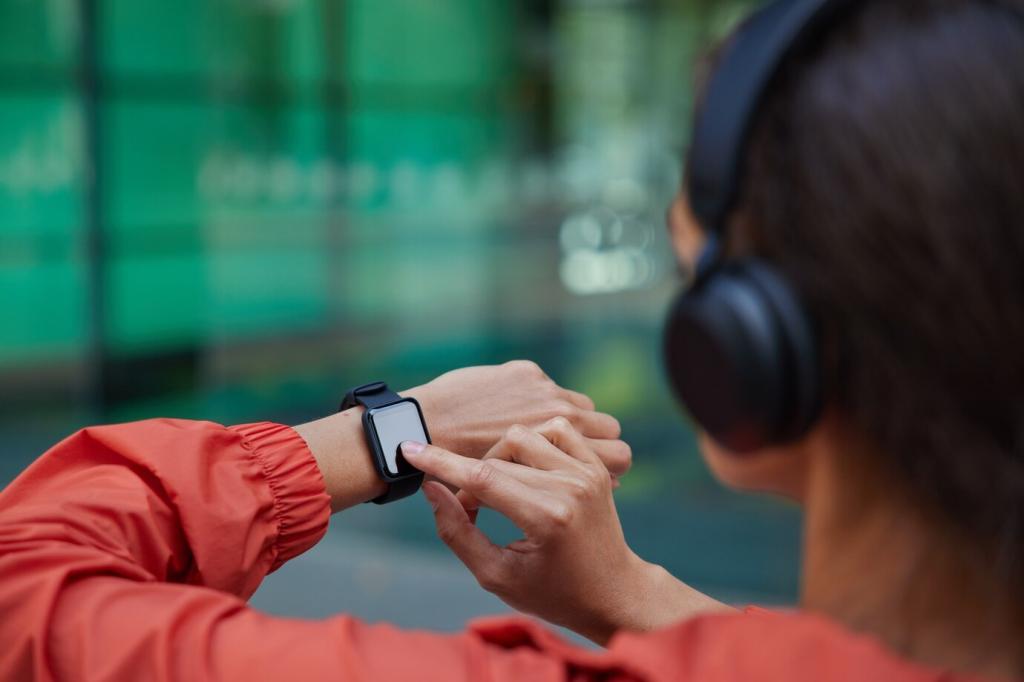
Testing Strategies for Wearable Device Applications
Chosen theme: Testing Strategies for Wearable Device Applications. Welcome to a practical, human-centered playbook for validating tiny screens, fickle sensors, and real‑world motion. From battery burn to Bluetooth quirks, we share field lessons, honest stories, and actionable tactics. Join in—comment with your toughest wearable testing challenge and subscribe for weekly insights.
Sensor‑First Reality
Heart rate, accelerometers, gyroscopes, GPS, and skin temperature don’t behave like tidy APIs. They drift, clip, and misread during sweat, motion, and cold mornings. Build test scenarios that reflect physiology and environment, not perfect lab benches. Share your trickiest sensor behavior below.
Context Is Everything
A runner’s wrist twists differently than a nurse checking vitals. Long sleeves, sunscreen, rain, and music controls change interactions. Recreate realistic contexts with movement profiles, clothing layers, and daily routines. Invite your team to shadow real users for one week and report surprises.
Data, Privacy, and Trust
Health and activity data demand careful handling. Test encryption at rest and in transit, consent flows, and deletion requests under poor connectivity. Validate redaction in logs and screenshots. Ask readers: how do you audit privacy regressions during fast releases without slowing teams?
Risk‑Based Planning for Wearables
Identify the journeys that must never fail: capture sensor data, preprocess on‑device, transfer to phone or cloud, analyze, notify, and recover. Use failure mode brainstorming and severity scoring. Invite stakeholders to vote on top risks and subscribe for our worksheet template.
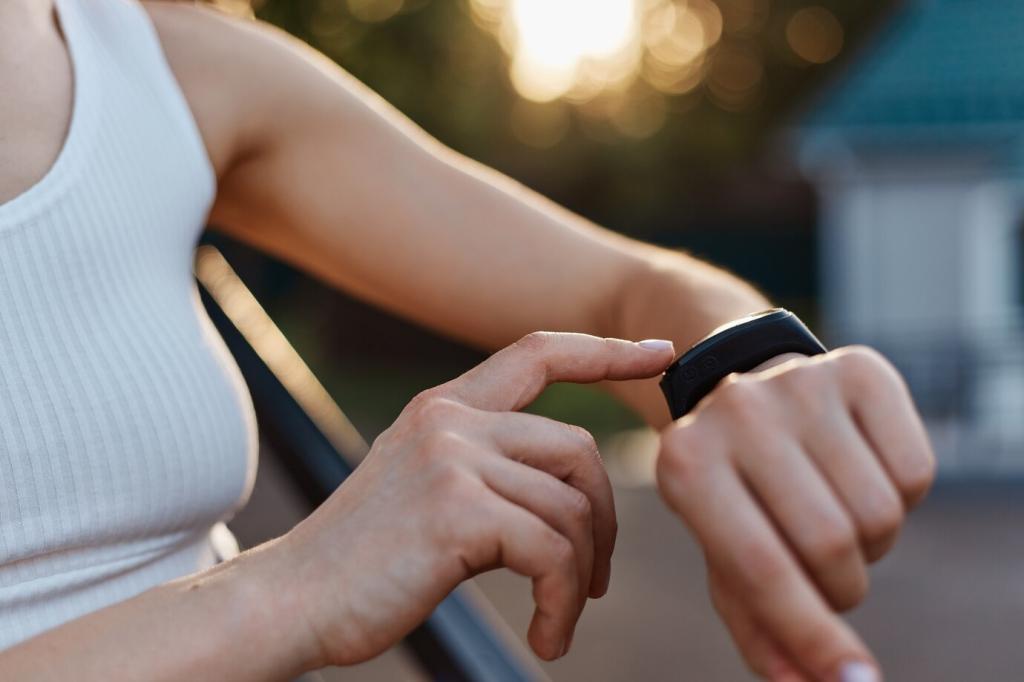
Risk‑Based Planning for Wearables
Mix watch models, chipsets, OS versions, strap fits, and companion phone diversity. Pair worst‑case combinations with high‑risk features. Rotate a spotlight set each sprint, and deep‑sweep quarterly. Comment if you want our rotating matrix schedule used in a hospital pilot.
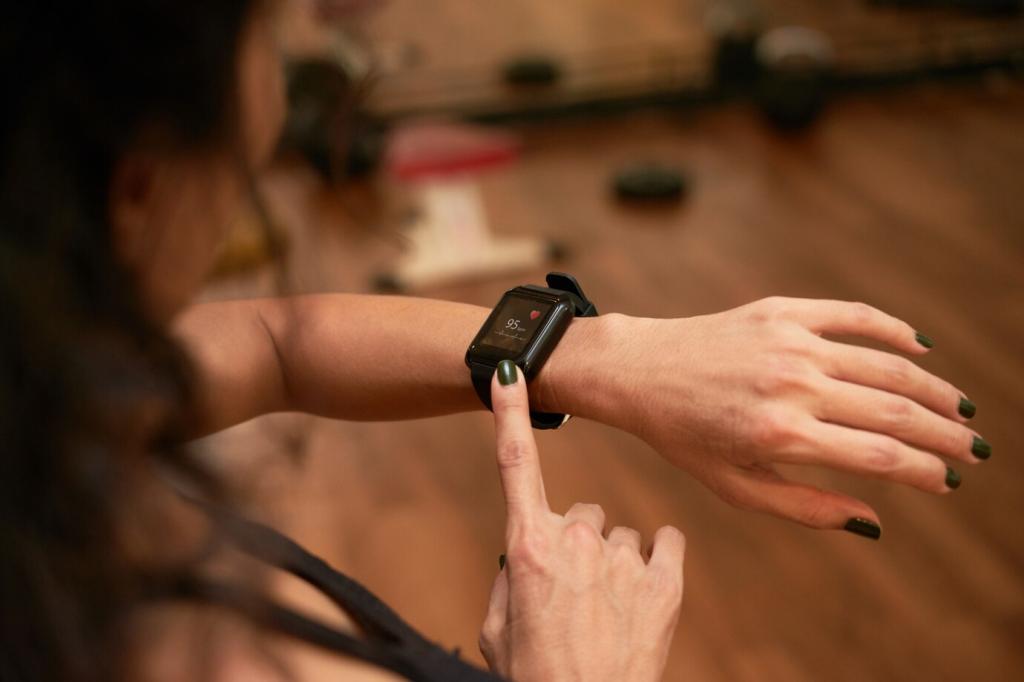
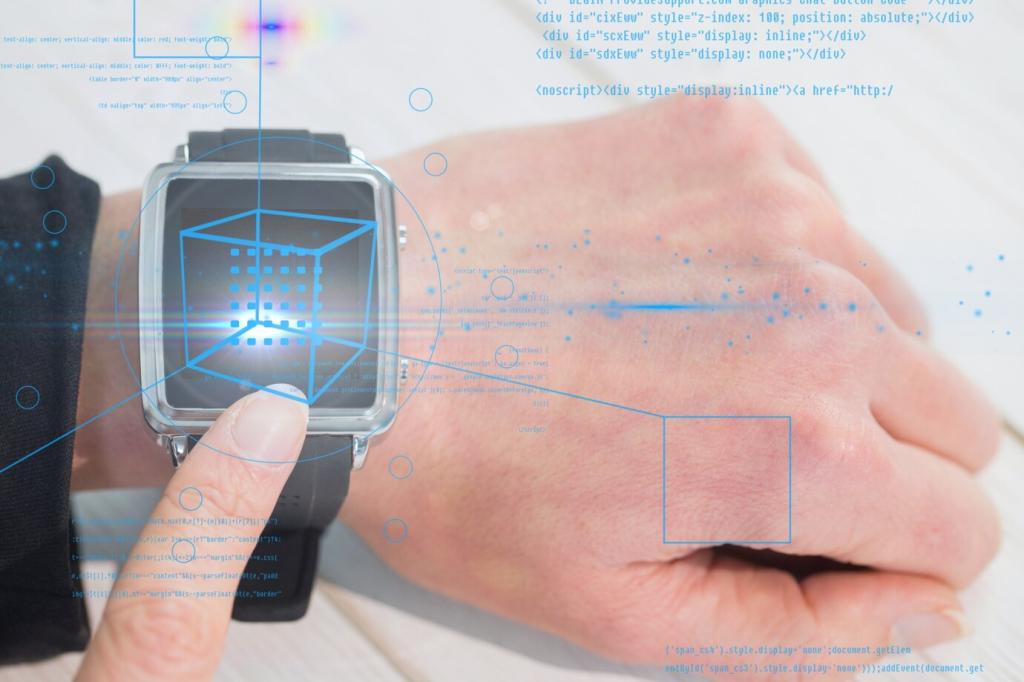
Validating Sensors: From Simulation to Sweat
Record known‑good traces for heart rate, accelerometer, and GPS. Build scripts to replay waveforms into emulators or hardware‑in‑the‑loop rigs. Compare outputs against tolerances. This speeds regression checks before field runs. Want our open format suggestions? Drop a comment and subscribe.
Validating Sensors: From Simulation to Sweat
Create treadmill, cycling, and stair protocols with timed wrist rotations and skin conditions. Alternate loose and snug straps. Capture reference devices on both arms to baseline. Anecdote: a 30‑minute stair test exposed altitude smoothing bugs invisible in static lab data.
Connectivity and the Companion Ecosystem
Stress pairing under interference, low battery, and OS permission toggles. Measure reconnect times after distance separations and airplane mode cycles. Log handshake steps for triage. Tell us: which BLE edge case burned your release, and how did you reproduce it reliably?
Connectivity and the Companion Ecosystem
Simulate days without connectivity, then burst sync. Validate deduplication, clock skew handling, and conflict resolution. Ensure user feedback explains progress, not cryptic spinners. Subscribe to get our checklist for explaining sync states with friendly, transparent messages users trust.
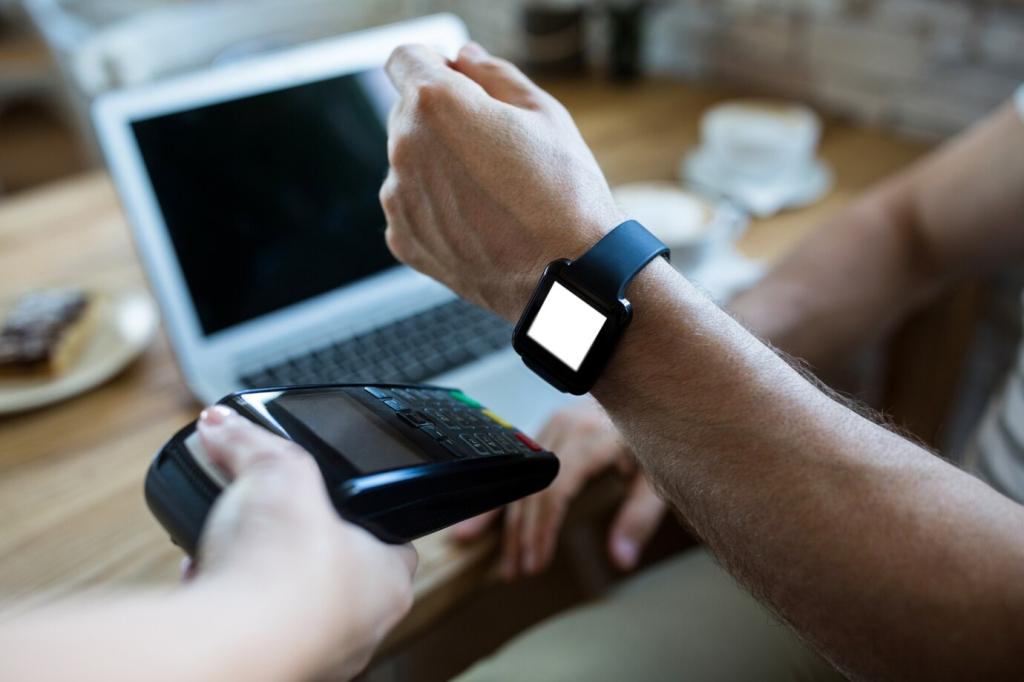

Automation and CI/CD Tailored to Wearables
Automate deterministic flows: onboarding, permissions, settings, and companion app sync screens. Keep sensor variance and heavy motion for lab or scripted rigs. Blend emulator checks with nightly real‑device runs. Tell us which flows brought the best ROI in your pipeline.
Field Testing and Human Factors
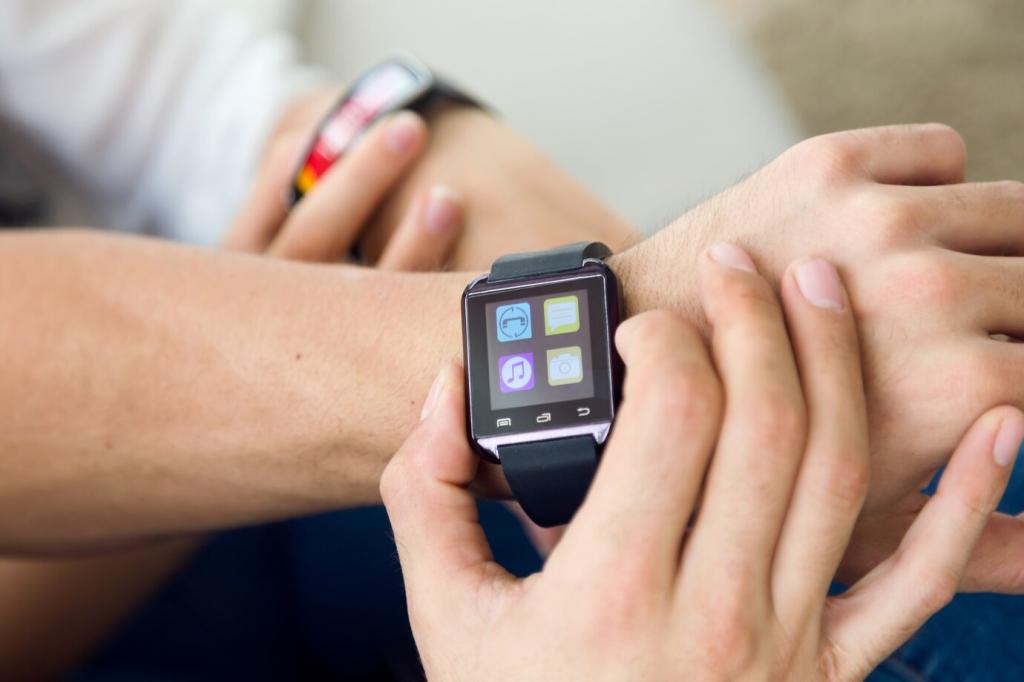
Test with gloves, wet hands, and motion‑limited users. Validate contrast, font scaling, haptics strength, and voice controls in noisy environments. Ask volunteers to wear devices for full shifts. What accessibility win most delighted your users? Share and inspire others.
